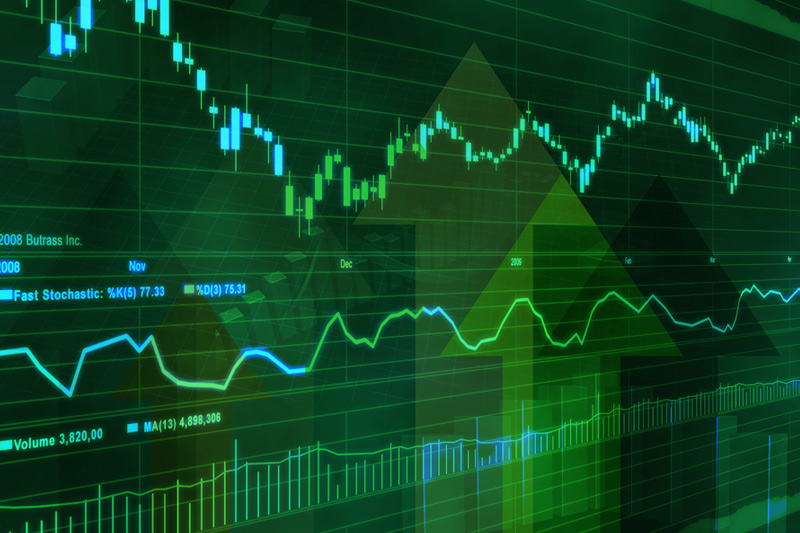By Lucia Mutikani
WASHINGTON (Reuters) - A smaller trade deficit and a surge in defense spending buoyed U.S. economic growth in the third quarter, but other details of Thursday's report hinted at some loss of momentum in activity.
Gross domestic product grew at a 3.5 percent annual rate, the Commerce Department said on Thursday, beating economists' expectations for a 3.0 percent pace.
While the pace of growth in business investment, housing and consumer spending slowed from the second quarter, all those categories contributed to growth.
"The report was broadly constructive, with the gains broadly based and pointing to positive underlying momentum in the U.S. economy," said Millan Mulraine, deputy chief economist at TD Securities in New York.
"However, with some indications of weakness emerging in housing and consumption spending, we expect the pace of growth to slip further in the fourth quarter."
Despite decelerating from the second quarter's brisk 4.6 percent pace, it was the fourth quarter out of five that the economy has expanded at or above a 3.5 percent clip.
A separate report from the Labor Department showed first-time applications for unemployment benefits rose modestly last week, but remained at levels consistent with firming labor market conditions. The data came one day after the Federal Reserve ended its asset purchasing program. Fed officials said there was sufficient underlying strength in the broader economy.
The dollar extended gains against the euro and the yen, while prices for U.S. Treasury debt trimmed gains.
The narrower trade deficit reflected a plunge in imports, which fell at their fastest pace since the fourth quarter of 2012. That was largely attributed to a drop in oil imports.
Trade added 1.32 percentage points to growth. Although there are concerns a strengthening dollar and slowing euro zone and Chinese economies will crimp U.S. export growth, economists believe the impact will be marginal.
Government spending was also a boost, with defense spending rising at a 16 percent rate, its fastest pace since the second quarter of 2009.
One of the few areas that was a drag on growth was inventories, which subtracted 0.57 percentage point from GDP after adding 1.42 percentage points in the second quarter.
BUSINESS SPENDING SLOWS
Growth in business investment slowed in the third quarter, with spending on equipment rising at only a 7.2 percent rate. Economists had expected a second straight quarter of double-digit growth.
Business spending on structures and intellectual property products also slowed. Data on Tuesday suggested further moderation in the pace of equipment investment in the fourth quarter, but it is still expected to remain strong enough to keep the economy on a higher growth pace.
While growth in consumer spending decelerated to a 1.8 percent pace from the second-quarter's 2.5 percent pace, it still contributed 1.22 percentage points to GDP growth.
Consumer spending accounts for more than two-thirds of U.S. economic activity.
The moderate pace of consumer spending helped keep inflation pressures under wraps during the quarter.
A price index in the GDP report rose at a 1.2 percent rate in the third quarter after advancing at a 2.3 percent pace in the prior period. A core price measure that strips out food and energy costs increased at only a 1.4 percent pace, slowing sharply from the second quarter's 2.0 percent rate.
Declining gasoline prices and accelerating job growth, which is expected to lift wages, will provide tailwinds for consumer spending in the fourth quarter.
(Reporting by Lucia Mutikani; Editing by Andrea Ricci)
